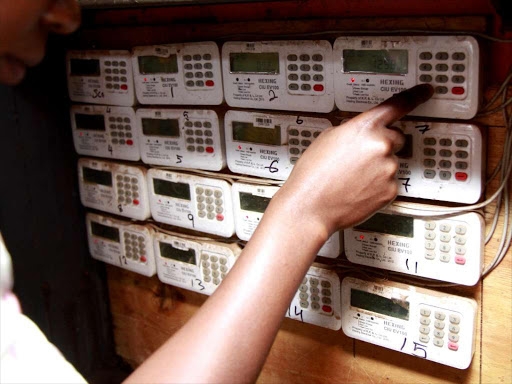Trading gold through contracts for difference (CFDs) has become an increasingly popular method for investors seeking exposure to the precious metal without the need to physically own it.
CFDs are financial derivatives that allow traders to speculate on the price movements of gold, providing an opportunity to profit from both rising and falling markets.
However, successful gold trading with CFDs requires careful consideration of several key factors.
Here are the most important things to consider when trading gold with CFD contracts:
Understanding CFD Trading
- Leverage and Margin: CFD trading often involves leverage, which means you can control a large position with a relatively small amount of capital.
- While this can amplify your profits, it can also magnify your losses. Understanding the leverage ratio offered by your broker and the margin requirements is crucial.
- Always use leverage cautiously and be aware of the risks involved.
- Spread and Commission: CFD brokers typically make money through the spread, which is the difference between the buying (ask) price and the selling (bid) price.
- Some brokers may also charge a commission on trades. It's essential to consider these costs as they can impact your overall profitability.
- Look for brokers with competitive spreads and transparent fee structures like Exness.
Market Analysis and Strategy
- Market Conditions: Gold prices are influenced by a wide range of factors, including economic data, geopolitical events, interest rates, and currency fluctuations.
- Stay informed about global economic conditions and news that could impact gold prices.
- Utilize both technical and fundamental analysis to make informed trading decisions.
- Technical Analysis: Utilize technical analysis tools such as charts, indicators, and trend lines to identify potential entry and exit points.
- Common technical indicators used in gold trading include moving averages, Relative Strength Index (RSI), and Bollinger Bands.
- Understanding these tools can help you better predict price movements and develop a robust trading strategy.
- Fundamental Analysis: Fundamental analysis involves evaluating the broader economic factors that affect gold prices. Key indicators to monitor include:
- Interest Rates: Lower interest rates make gold more attractive as a non-yielding asset.
- Inflation: Gold is often seen as a hedge against inflation.
- US Dollar Strength: Gold typically has an inverse relationship with the US dollar.
- Geopolitical Events: Political instability and economic uncertainty can drive gold prices higher.
Risk Management
- Risk Management Strategies: Implementing effective risk management strategies is vital to protect your capital.
- Set stop-loss orders to limit potential losses and take-profit orders to secure profits. Never risk more than a small percentage of your trading capital on a single trade, and consider using trailing stops to lock in gains as the market moves in your favor.
- Volatility and Liquidity: Gold can be a highly volatile asset, especially during times of economic uncertainty. While volatility can create trading opportunities, it also increases risk.
- Ensure you are trading in a liquid market to avoid slippage and ensure your orders are executed at the desired price.
Broker Selection
- Choosing the Right Broker: Selecting a reputable and reliable broker is critical. Ensure the broker is regulated by the Capital Markets Authority (CMA) in Kenya and offers a user-friendly trading platform with the tools you need.
- Look for brokers that provide educational resources, responsive customer support, and transparent policies.
Brokers should also offer a stable and reliable trading platform.
A good trading platform should be intuitive, reliable, and equipped with a range of analytical tools. The platform should also offer real-time data, customizable charts, and the ability to execute trades quickly.
Consider using demo accounts to practise your trading strategy before committing real capital.
Exness offers free demo trading accounts in Kenya, through their desktop site or mobile app.
Psychological Factors
- Emotional Control: Trading can be emotionally taxing, especially during volatile market conditions. Maintain discipline and stick to your trading plan.
- Avoid making impulsive decisions based on fear or greed. Keeping a trading journal can help you track your performance and learn from past mistakes.
- Education and Continuous Learning: The financial markets are constantly evolving, and continuous learning is essential for long-term success.
- Stay updated with the latest market trends, refine your trading strategies, and consider participating in educational programs or forums.
Conclusion
Trading gold with CFD contracts offers significant opportunities but also comes with inherent risks.
By understanding the mechanics of CFD trading, conducting thorough market analysis, implementing robust risk management strategies, and choosing a reputable broker, you can enhance your chances of success.
Stay informed, disciplined, and committed to continuous learning to navigate the complexities of gold trading effectively.













